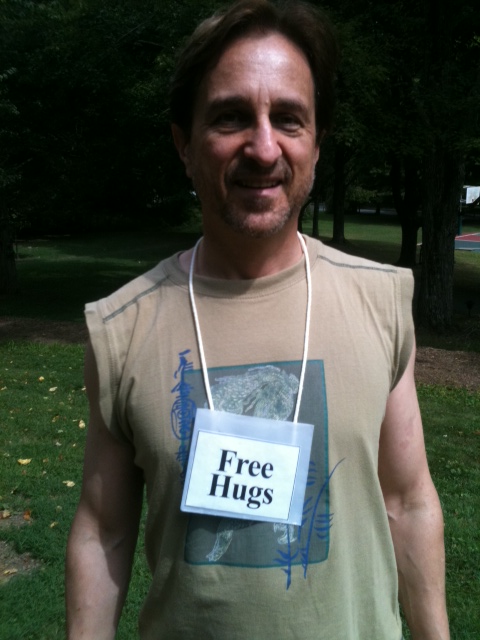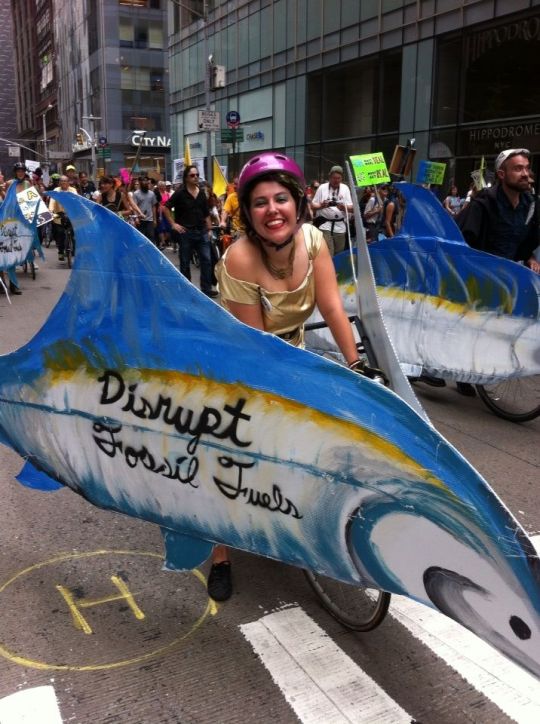Happiness in the Time of Covid, Part 4: Cajoling Your Brain with Stickers
 Forward: This tale of tricking my brain to jump start my stalled yoga practice may seem like it doesn’t apply to you, if you either don’t do yoga or do it literally quite religiously. Ah, but it does! For the story here is both literal and metaphorical, and applies not only to each of us individually but also to our communities at large. What we focus on, measure, and hold ourselves accountable for makes a huge difference in what we actually do. If we want happier selves, and a happier planet, we need to make good accountability choices. So, yogini or nogini, please feel free to follow along!
Forward: This tale of tricking my brain to jump start my stalled yoga practice may seem like it doesn’t apply to you, if you either don’t do yoga or do it literally quite religiously. Ah, but it does! For the story here is both literal and metaphorical, and applies not only to each of us individually but also to our communities at large. What we focus on, measure, and hold ourselves accountable for makes a huge difference in what we actually do. If we want happier selves, and a happier planet, we need to make good accountability choices. So, yogini or nogini, please feel free to follow along!

My gratitude painting for May 2012
Seven weeks into quarantine time, I finally turned on a Pandora yoga music channel; arrayed my mat, blocks, and cushion in the middle of my bedroom carpet; got on the floor, and, hallelujah! — actually did yoga again. Thanks to the trip I took right before Covid-19 hit, it had been nine weeks since my last yoga session — a very long time for me to not do yoga. I love yoga, especially the meditation in motion aspect of focusing on both the breath and the asanas, or poses. It is clear — sometimes painfully so — that my (ahem) maturing body needs yoga to stay flexible and reasonably fit. Some years back, when I was painting a monthly gratitude watercolor, yoga even made the cut. It means that much to me.
Yet, with no in-person yoga class, day after day, and then week after week, I kept not doing yoga. My body tried to tell my brain, “Yo! We need to do this!” Maybe it was grief, inertia, or an upset household schedule, but I just could not make myself get on that mat.
Fortunately, the science of happiness got me back on track. The mind-body connection is such a wondrous thing. I knew that if I could convince my brain that I truly wanted to do yoga, my brain would lobby my body to get going. And I knew just what would do the trick with my brain: colored stickers. I promised myself I would put a sticker on the calendar for every day I practiced yoga. So far, it has worked: I’ve done between 15 and 40 minutes of yoga poses ten nights out of the last twelve*. Because if I don’t: no sticker.
How silly is that? But it works.
Truthfully, I used several other tricks, as an insurance policy:
 Earlier in the day, I put my yoga equipment in the middle of the bedroom floor, where I would have to specifically step over it in order to ignore it. I learned this in-your-face trick from my friend Braco Probic, whose book Habits and Happiness: How to Become Happier and Improve Your Wellbeing by Changing Your Habits is full of excellent tips to help us all change our ways.
Earlier in the day, I put my yoga equipment in the middle of the bedroom floor, where I would have to specifically step over it in order to ignore it. I learned this in-your-face trick from my friend Braco Probic, whose book Habits and Happiness: How to Become Happier and Improve Your Wellbeing by Changing Your Habits is full of excellent tips to help us all change our ways.- Another trick from Braco’s book: don’t aim too high. The Japanese have a term for this: kaizen, or improvement by successfully taking small steps (which pleases the brain and makes it want to continue) rather than failing with grander ambitions (which frustrates the brain and makes it want to give up). I want my brain to continue being my yoga cheerleader, so I only have to do one yoga pose to earn my sticker reward. Of course, once I start, one pose flows into another. Thus, each night I can easily surpass my minimal goal, and bask in that accomplishment.
- Then there’s accountability — so powerful, I doubled down on it. I
 not only wrote “do yoga” on my weekly to-do list but also told my husband what my yoga plans were so he could “hold me accountable,” if need be. Really, the list is the more powerful motivator because I am very goal oriented — as long as the goals are my choice (intrinsic) and not a burden put on me by someone else (extrinsic).
not only wrote “do yoga” on my weekly to-do list but also told my husband what my yoga plans were so he could “hold me accountable,” if need be. Really, the list is the more powerful motivator because I am very goal oriented — as long as the goals are my choice (intrinsic) and not a burden put on me by someone else (extrinsic).
There are other tricks, but here’s what you shouldn’t rely on: willpower. Willpower is much more subject to external forces than you may realize, and may even be a limited resource, at least on a daily basis. If you use all your willpower on not eating pancakes at breakfast, you might not have any left to carry you through the rest of the day — especially these days. Sometimes just getting out of bed takes all the willpower we’ve got.
From a more positive perspective, one of my favorite scientific grids comes from Martin Seligman, the unofficial father of positive psychology. Seligman developed the PERMA theory: five core elements that can guide each of us toward more thriving and happier lives. The elements are positive emotions (P); engagement in life (E); relationships (R); meaning (M); and accomplishment or achievement (A). Knowing that accomplishment is such a vital part of human well-being helps explain to me why stickers, to-do lists, and other forms of accountability work. Our brains like achievement.
Another way of looking at all this mental trickery is this: stickers and to-do lists are fundamentally measures, proving on a personal level that what we choose to measure matters because that is what we pay attention to. This is the same basic theory behind the Gross National Happiness movement to change what we measure on a policy making level from focusing obsessively on the GDP and economic growth to a more holistic and inclusive well-being framework.
Here, too, on the macro-level, Covid-19 times seem to be making room for a different set of measures. On May 10, 2020 The Guardian reported that a majority of Britains now want quality of life indicators to take center stage in policy making, thus prioritizing “health and wellbeing over economic growth.” That is an exciting development, but I’m not sure they — or we — have earned our stickers yet. Okay, maybe one sticker.
But let’s bring it back to you, and your happiness during this time. Please understand, I don’t want to push anyone into trying to do something you’re not yet ready for. Maybe you’re working too hard. Or you are still too down. Not only that, the tricks that work for my brain might not appeal to you. Maybe you don’t even like stickers! I just want you to take care of yourselves as best you can. And if any of these tricks or suggestions do help you, that will make me happy.
_____
*I could only do yoga on my own because I’ve been taking classes for 20+ years, including almost 20 years from Susi Wahlrab. Her teachings are etched in my brain and body. If you need or want instruction, there are many yoga videos to choose from.
A
PERMA
GNH measuring what matters
 How do you think things are going these days? How happy do you suppose the United States is, as a whole? Of course, the corona virus has a lot of us on edge, but what’s the bigger picture? How about Denmark? Korea? Turkey? Mexico?
How do you think things are going these days? How happy do you suppose the United States is, as a whole? Of course, the corona virus has a lot of us on edge, but what’s the bigger picture? How about Denmark? Korea? Turkey? Mexico?












